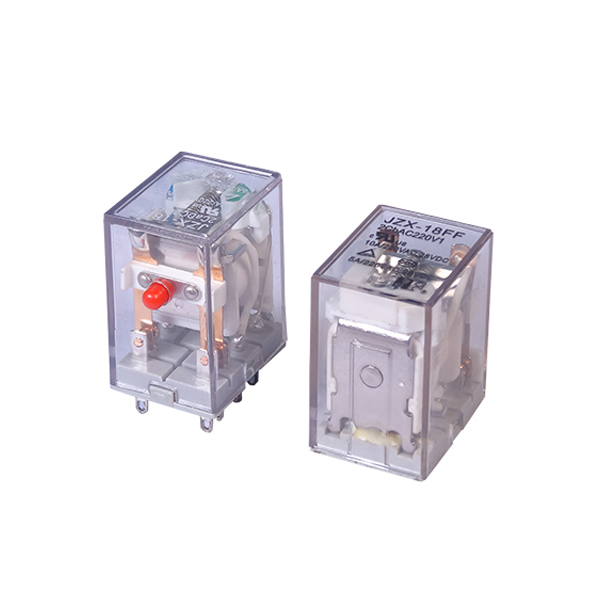Safeguarding General Purpose Relays for Heavy Power Switching: Protection Against Overvoltage and Overcurrent Conditions
2024-04-09
Introduction:
General Purpose Relays for Heavy Power Switching play a pivotal role in controlling high-power loads within electrical systems. However, these relays are susceptible to damage from overvoltage and overcurrent conditions, which can occur due to various factors such as power surges, short circuits, or equipment failures. Implementing effective protection methods is essential to ensure the reliable operation and longevity of these relays. In this blog, we'll explore several methods for protecting General Purpose Relays for Heavy Power Switching from overvoltage and overcurrent conditions.
1. Overvoltage Protection:
Overvoltage events, such as power surges or voltage spikes, can exceed the rated voltage of General Purpose Relays for Heavy Power Switching, leading to insulation breakdown, coil burnout, or contact welding. To mitigate the risk of damage from overvoltage conditions, the following protection methods can be employed:
- Surge Suppressors: Install surge suppressors or transient voltage suppressor (TVS) diodes across the relay coil terminals to clamp transient voltage spikes and limit the voltage excursion to a safe level.
- Voltage Regulators: Incorporate voltage regulators or voltage-limiting devices upstream of the relay to regulate the voltage within acceptable limits and prevent voltage fluctuations from reaching the relay.
- Varistors: Utilize metal oxide varistors (MOVs) or voltage-dependent resistors (VDRs) in parallel with the relay coil to absorb excess energy and suppress voltage spikes during transient events.
- RC Snubber Circuits: Implement RC snubber circuits across the relay contacts to dampen voltage transients and reduce the rate of rise of voltage (dv/dt) across the contacts during switching operations.
2. Overcurrent Protection:
Overcurrent conditions, such as short circuits or excessive load currents, can exceed the rated current capacity of General Purpose Relays for Heavy Power Switching, leading to overheating, contact welding, or coil burnout. To safeguard against overcurrent conditions, the following protection methods can be utilized:
- Fuses: Install fast-acting or time-delay fuses in series with the relay contacts to interrupt the circuit in the event of excessive current flow and protect the relay from damage.
- Circuit Breakers: Incorporate circuit breakers with appropriate current ratings upstream of the relay to automatically trip and disconnect the circuit in case of overcurrent conditions.
- Current Limiting Resistors: Integrate current limiting resistors in series with the relay coil to restrict the flow of excessive current and prevent coil burnout during transient events.
- Electronic Current Limiters: Employ electronic current limiters or current-sensing devices to monitor the current flow through the relay and activate protective measures, such as reducing the coil voltage or triggering an alarm, when overcurrent conditions are detected.
Conclusion:
In conclusion, protecting General Purpose Relays for Heavy Power Switching from overvoltage and overcurrent conditions is paramount to ensure their reliable operation and longevity. By implementing effective protection methods such as surge suppressors, voltage regulators, varistors, RC snubber circuits, fuses, circuit breakers, current limiting resistors, and electronic current limiters, engineers can safeguard the relays against damage and maintain system integrity. Additionally, regular maintenance and inspection of the protective devices are essential to ensure their proper functioning and readiness to respond to adverse conditions effectively. Through proactive protection measures, stakeholders can mitigate risks, enhance safety, and optimize the performance of electrical systems incorporating General Purpose Relays for Heavy Power Switching.



